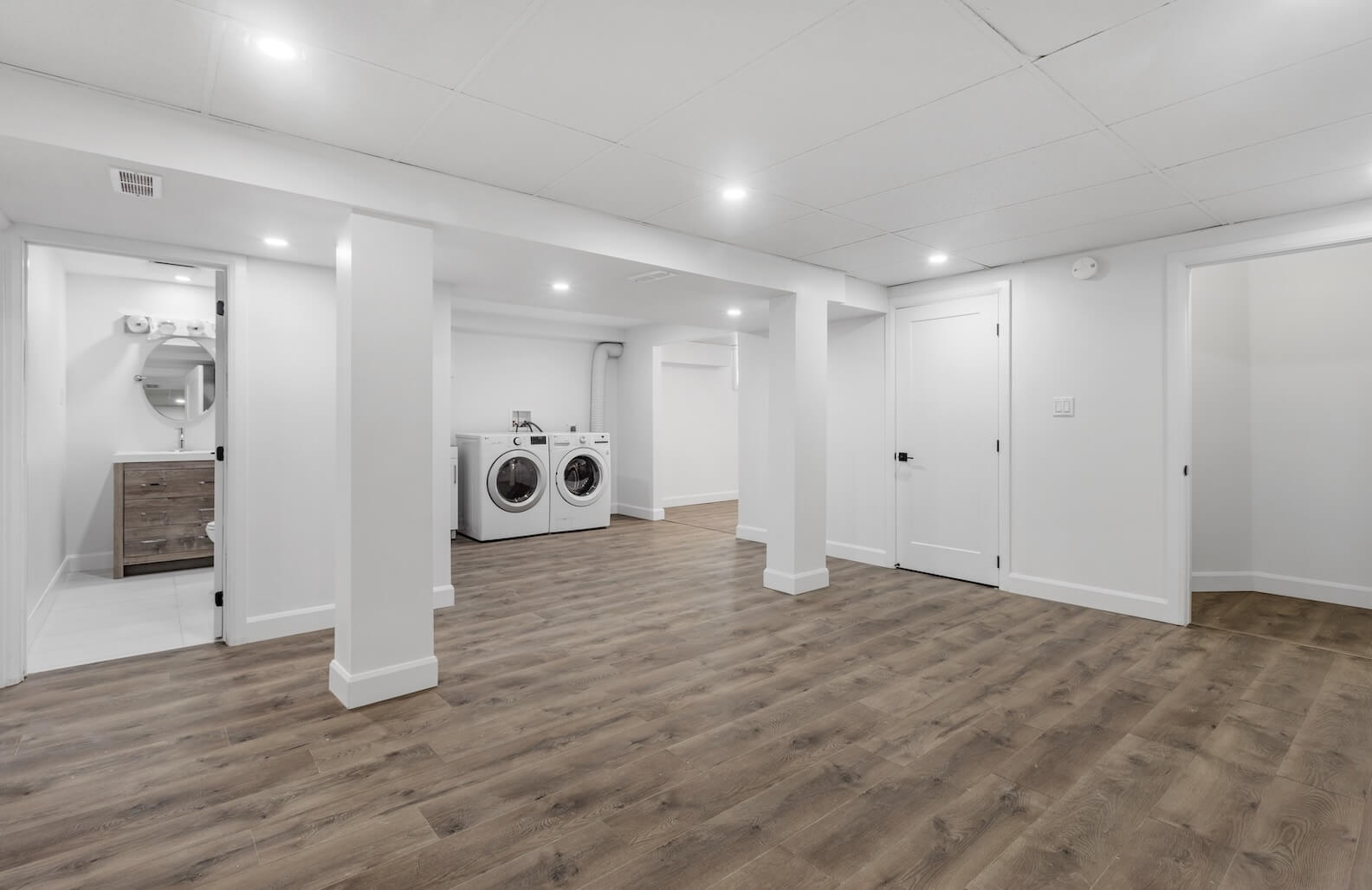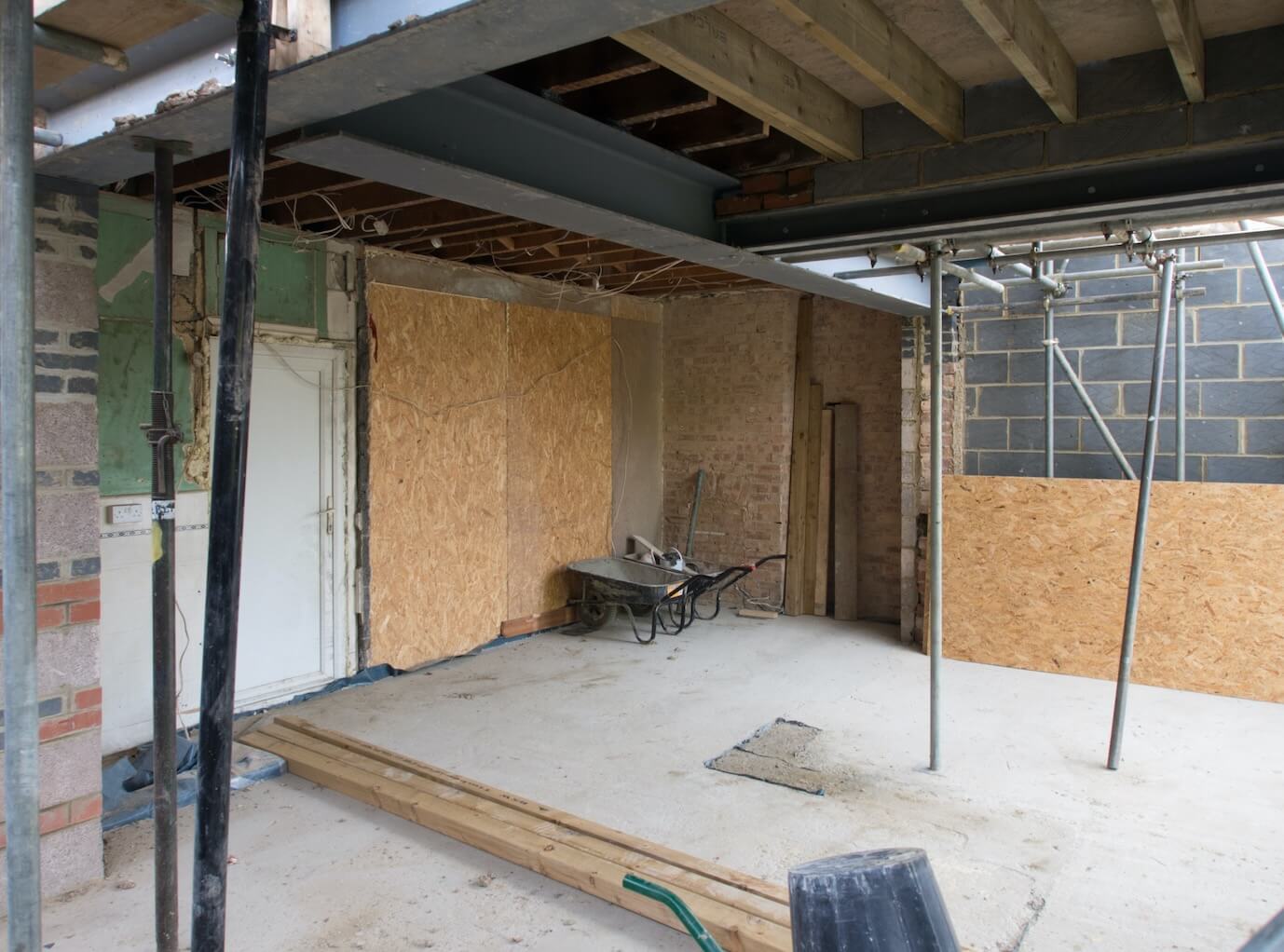Basement waterproofing is a crucial investment for homeowners seeking to protect their properties from water damage, mold growth, and structural issues. Whether in urban or rural settings, the need for a dry and secure basement remains consistent.
However, the cost of basement waterproofing can vary significantly between urban and rural areas due to a range of factors unique to each setting.
In this article, we will explore the key considerations that influence the cost of basement waterproofing in city and rural environments, helping homeowners make informed decisions based on their specific circumstances. More in-depth analysis is available in this article by Aquamaster Basement Waterproofing.
Table of Contents
Urban Area Considerations
1. Labor and Expertise
Urban areas often have a larger pool of skilled labor and experienced contractors available for basement waterproofing projects. While this can lead to increased competition, it can also result in higher labor costs due to prevailing wages and demand for specialized services.
2. Accessibility and Logistics
Urban environments can present challenges related to accessibility and logistics. Properties may be tightly packed, making it more difficult to access and work around the foundation. Additionally, traffic congestion and limited parking can impact the transportation of equipment and materials, potentially adding to the overall project cost.
3. Building Codes and Regulations
Urban areas typically have stricter building codes and regulations that may influence the type of waterproofing methods allowed or required. Compliance with these regulations can impact the cost of materials and installation.
4. Property Size and Layout
Urban properties often have smaller lot sizes and limited outdoor space. As a result, the placement of equipment, excavation, and disposal of excavated materials may be more challenging and costly.
5. Material Costs
Urban areas may have higher material costs due to factors such as increased demand, transportation expenses, and supply chain logistics.
6. Noise and Disruption
Basement waterproofing projects in urban areas may require additional measures to minimize noise and disruption to neighboring properties, potentially leading to higher costs.
Rural Area Insights & Considerations
1. Labor Availability
Rural areas like Orillia (30,000 people population) may have a more limited pool of skilled labor and contractors specialized in basement waterproofing in Orillia specifically. While labor costs may be lower, finding experienced professionals could be a challenge.
2. Accessibility
Rural properties often have more open space and easier accessibility for equipment and machinery. This can result in smoother excavation and installation processes, potentially reducing labor costs.
3. Building Codes and Regulations
Building codes and regulations may be less stringent in rural areas, allowing for more flexibility in choosing waterproofing methods. This could lead to cost savings in terms of materials and installation.
4. Property Size and Layout
Rural properties tend to have larger lot sizes, providing ample space for excavation, equipment placement, and material storage. This can contribute to easier and potentially more cost-effective installation.
5. Material Costs – material costs may be lower in rural areas due to decreased demand and proximity to suppliers.
6. Environmental Considerations – rural areas may have fewer environmental restrictions and permitting requirements, potentially streamlining the installation process and reducing costs.
Urban vs Rural Waterproofing Cost Comparison
The cost of basement waterproofing can vary widely between urban and rural areas. On average, basement waterproofing costs can range from a few hundred to several thousand dollars, depending on factors such as the size of the area, severity of water issues, chosen waterproofing method, labor rates, and material costs.
In urban areas, factors such as higher labor rates, strict regulations, limited accessibility, and increased material costs can contribute to higher overall project costs. However, the competitive nature of the urban market may also lead to more options and potentially lower prices from contractors vying for business.
In rural areas, lower labor rates, greater accessibility, and potentially reduced material costs can result in lower overall project costs. However, finding experienced professionals may be more challenging, and limited options could impact pricing and quality.
Make Informed Decisions
When considering basement waterproofing, homeowners in both urban and rural areas should prioritize the long-term health and integrity of their properties. Making an informed decision involves:
1. Obtaining Multiple Quotes – regardless of the setting, it’s advisable to obtain multiple quotes from reputable contractors. Talk to companies in major centers and rural areas, as they both may be able to offer service in your location. This allows you to compare costs and services to ensure you are receiving a fair and competitive offer.
2. Consulting Professionals – consulting with experienced basement waterproofing professionals is crucial. They can assess the specific needs of your property, recommend suitable waterproofing methods, and provide accurate cost estimates.
3. Considering Long-Term Value – while the upfront cost is an important consideration, it’s essential to factor in the long-term value of basement waterproofing. Properly waterproofed basements contribute to the structural integrity of your property, prevent water damage, and enhance overall property value.
4. Understanding Regional Factors – understanding the unique factors that influence basement waterproofing costs in your specific area—whether urban or rural—will help you make a decision that aligns with your budget and goals.
Basement waterproofing is an investment in the longevity, safety, and value of your property, regardless of whether it’s located in an urban or rural area. While the cost of basement waterproofing can vary significantly based on factors such as labor availability, accessibility, building codes, and material costs, the benefits of a dry and protected basement remain constant.
By consulting with professionals, obtaining multiple quotes, and considering the long-term value, homeowners can make informed decisions that ensure their properties are well-prepared to withstand the challenges of water infiltration and maintain their integrity for years to come.
The post Comparing the Cost of Basement Waterproofing in Urban and Rural Areas appeared first on Enterprise Podcast Network – EPN.





Leave a Reply